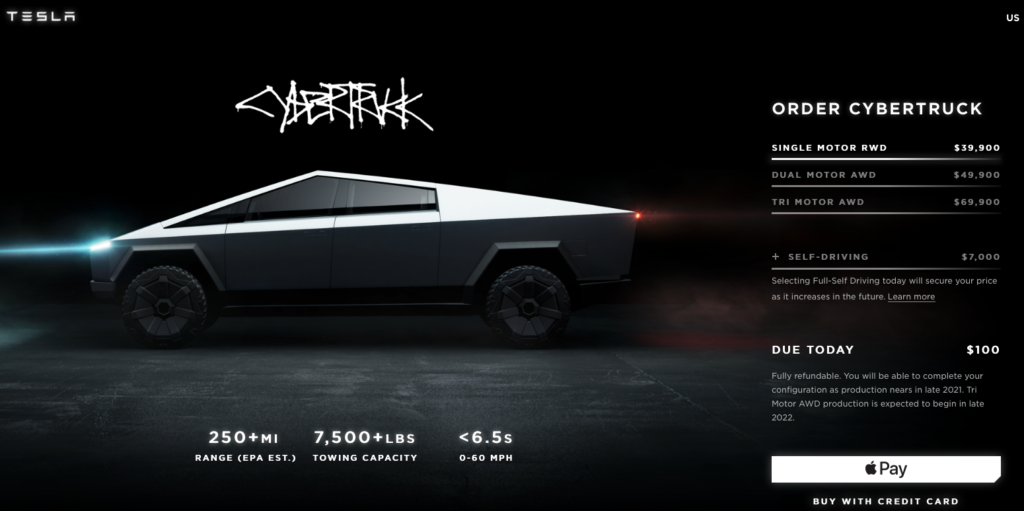Daimler, Volvo Mull Combustion Engine Cooperation
BERLIN (Reuters) - Luxury German carmaker Daimler <DDAIF> and Volvo Cars, owned by China's Geely, are considering cooperating to cut the costs of developing combustion engines, a magazine reported on Sunday, citing unnamed company sources.…
